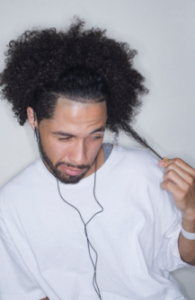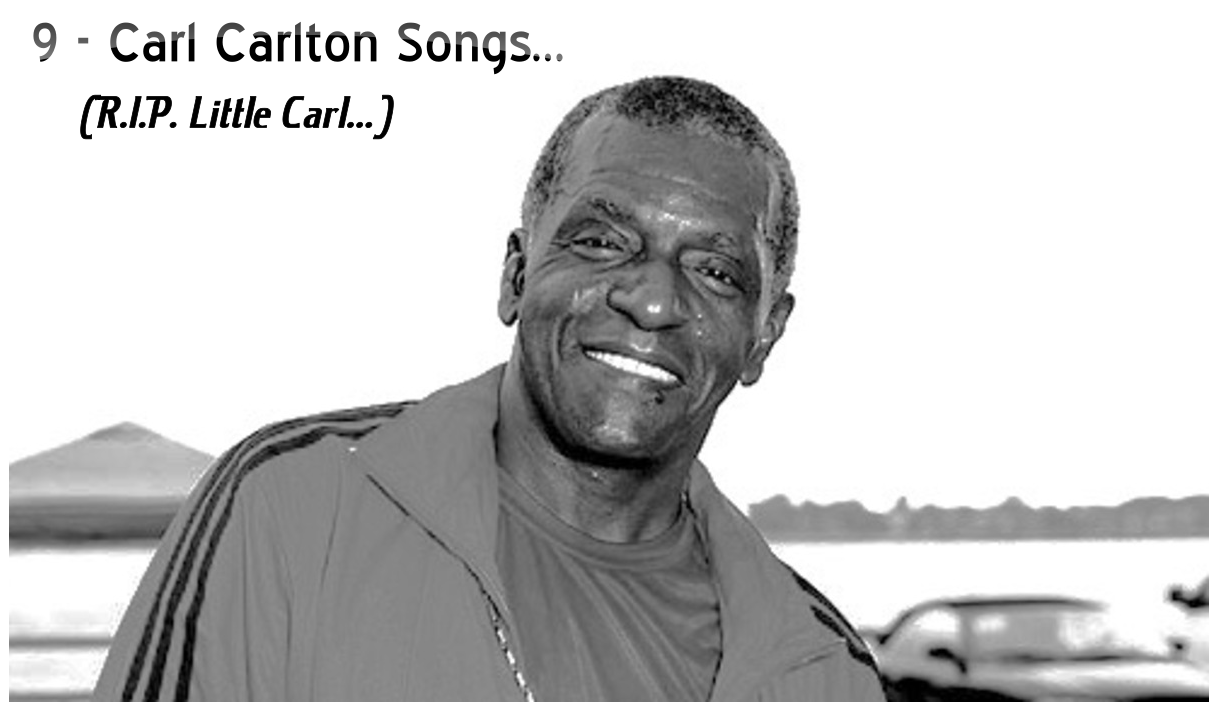(ThyBlackMan.com) Do you experience the irresistible urge to pull out your own hair? Apparently approximately 2.5 million Americans will experience this at some point in their lives. What’s the big deal right? Surely it is just another bad habit like biting your nails? But for those who suffer from a chronic psychological condition known as Trichotillomania or TTM, the impact of this disorder can be debilitating.
Beyond Grooming and Bad Habits
Through the ages, human beings have generally tried to conform to the societal projection of how beauty is defined, regardless of its applicability to what is natural or what is in line with cultural preference. So, when the media portrays beauty as having perfectly sculpted eyebrows and flawless skin, particularly in women, it becomes commonplace for us to spend time, money and effort attaining this picture of beauty by grooming ourselves by plucking, threading, shaving, waxing facial hairs and eyebrows. It is not only women who are impacted by this trend.
threading, shaving, waxing facial hairs and eyebrows. It is not only women who are impacted by this trend.
Of recent times, terms such as “metro-sexual male” have been thrown around to describe the modern man and his grooming and fashion behaviours. In contemporary times, it is not unusual for men to engage in similar cosmetic practices as women, such as sculpting of the eyebrows combined with a preference for the clean-shaven look. But what happens if these your plucking and pulling goes beyond grooming and you find yourself compulsively engaging in this behavior even if it causes thinning, balding or even permanent hair loss.
Do I have trichotillomania?
The Diagnostic and Statistical Manual version 5 (DSM5) provides very clear criteria for when hair pulling is considered a diagnosis of trichotillomania:
- Recurrent pulling out of one’s hair, resulting in hair loss
- Repeated attempts to decrease or stop hair pulling
- The hair pulling causes clinically significant distress or impairment in social, occupational, or other important areas of functioning
- The hair pulling or hair loss is not attributable to another medical condition (e.g., a dermatological condition)
- The hair pulling is not better explained by the symptoms of another mental disorder (e.g., attempts to improve a perceived defect or flaw in appearance in body dysmorphic disorder).
Although pulling hair from the scalp is thought to be the most common symptom for people with trichotillomania, any area of the body that has hair growth can be targeted.
What do I do if I have TTM?
The first step is to acknowledge there is a problem and to educate yourself about your condition. Organisations such as the Body-focused Repetitive Behavior Foundation and Trichstop are a great source of information and advice. Then it is crucial that you seek support. For some the first point of support may be someone who cares about you that you trust and will feeling comfortable sharing with. For many TTM sufferers, hair pulling is intensely shameful so sharing with someone you know can be extremely daunting and scary. You may want to seek professional support or treatment.
Unfortunately, TTM is still not very well known even among the medical profession, but with increased research, more and more health professionals are gaining expertise in this area. To date, research has shown that cognitive behavioral therapy to be the most effective form of therapy Trichotillomania, however other treatments have also been received positively by many. For more information of the various treatment options visit the Trichstop blog.
Staff Writer; Craig Jones

















Leave a Reply